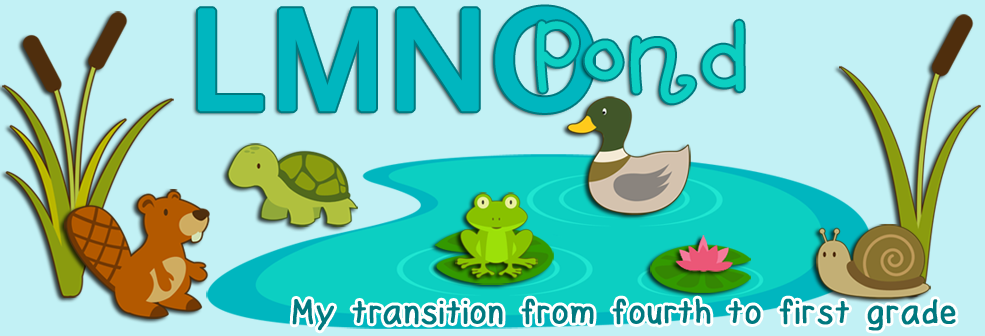Coins are TRICKY for first
graders, but many are already motivated to learn about money. For those who aren't, I introduced one thing
that no one can resist. SWEETS!
I use 4 different menus that students can "buy" from. There's the ice cream truck, ice cream shop, candy store, and bakery. There are about a dozen sweets in each menu, and each item has a different price.
To start the lesson, I tell the kids, "Thanks for coming over so quickly. Today
we're going to pretend to buy some treats!
First we'll look at a menu for the candy shop. Then you'll each get a "pocket full of
money." I'll show you how to count
the coins. Today the coins will be
nickels and pennies. Then you can choose
one of the sweets that you can afford."
What will this teach them?
Well, they will need to learn and practice counting coins. They will compare numbers to 100 to determine
what amount is greater (the treat or they amount of money thy have). Then they will need to use mathematical
reasoning to determine if they have enough money to buy the treat they
want. They might even get into some
discussion on saving versus spending on something they don't really want!
 Next I hand out their
"pockets full of money." Sure,
a handful of plastic coins works well for this activity. But if I want them to work on this activity
independently later in the week, the pockets work much better. They won't spill, they won't end up lost, we
won't end up with 4 separate cups worth all dumped into a single cup that needs
to be redistributed after each rotation.
And I have an answer key that lets me keep tabs on if they're counting
accurately.
Next I hand out their
"pockets full of money." Sure,
a handful of plastic coins works well for this activity. But if I want them to work on this activity
independently later in the week, the pockets work much better. They won't spill, they won't end up lost, we
won't end up with 4 separate cups worth all dumped into a single cup that needs
to be redistributed after each rotation.
And I have an answer key that lets me keep tabs on if they're counting
accurately.
But the best part about the
pockets is they are differentiated. I color code each set. The easiest set has just dimes and
pennies. The hardest has all 4 types of
coins. I can decide for students which
color I want them to work on. Later in
the unit, some students start making their own good choices about which color
to grab (I love when they take ownership over their learning).
The final tool in my coin
teaching tool belt is the set of coin counting mats. This system helps those students who forget
how to count by 5s and so on. The charts
can be used with or without plastic coins.
I demonstrate like this:
"I'm going to
start with the dimes. I have 6 dimes, so
I'm going to count by tens. This mat
will help me if I forget. 10, 20, 30,
40, 50, 60. If you need more help, you can put these 6 plastic
dimes right on the mat as you say each number.
Now I'll take that 60 and move it over to the nickels
mat. I have 3 nickels after the 60, so I
say 65, 70, 75. I have 75 cents in my
pocket.
Now I'll compare. I
have 75 cents, which is more than the 40 I need for the cotton candy. So I can buy it!"
Finally, students fill out the shopping list. They write the item they want, cost (from the
menu) and amount in their "pocket."
Then they write "yes" or "no" if they can or can't
afford it. For kids ready for a challenge (or 3) there are differentiated shopping lists that involve making change and adding items they want to buy.
The materials were quick and easy to prep and the kids ate
this activity up! The colors were
enticing and they could really see themselves as consumers making choices about
what they wanted to buy and how to do it independently. It was like their whole year of math
culminated in this activity.
You can get Sweet
Coin Counting Practice for your students on Teachers Pay Teachers. Check out the preview to see every included
page. If you have questions, let me know
in the comments.
My Teachers Pay Teachers Store
My Pinterest




